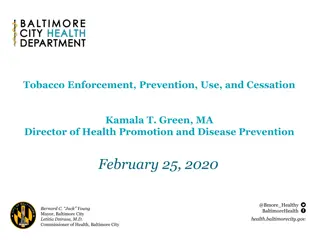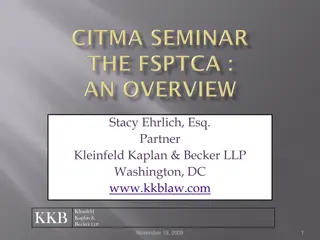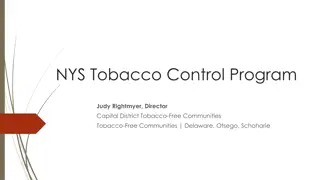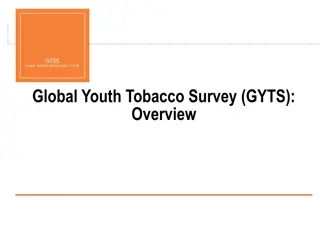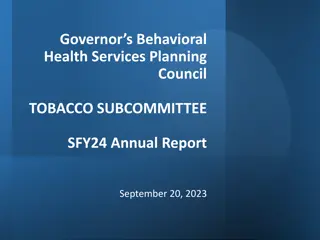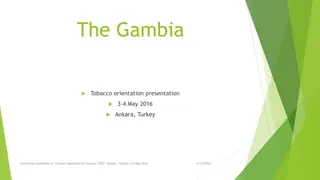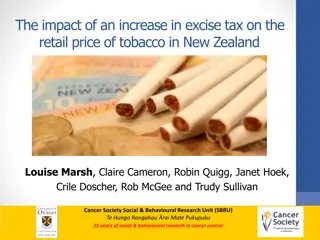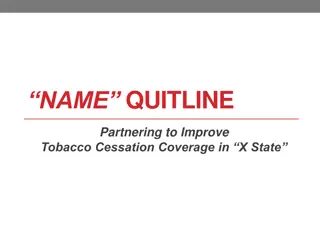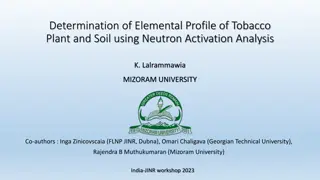Tobacco's Disproportionate Impact on Vulnerable Populations
This presentation sheds light on the disparities and inequities in tobacco use among various populations, including homeless adults, military personnel, LGB communities, individuals with mental illness, and those in substance abuse treatment. Statistics reveal alarming rates of smoking within these groups, highlighting the urgent need for targeted interventions and support to address this public health issue.
Download Presentation

Please find below an Image/Link to download the presentation.
The content on the website is provided AS IS for your information and personal use only. It may not be sold, licensed, or shared on other websites without obtaining consent from the author.If you encounter any issues during the download, it is possible that the publisher has removed the file from their server.
You are allowed to download the files provided on this website for personal or commercial use, subject to the condition that they are used lawfully. All files are the property of their respective owners.
The content on the website is provided AS IS for your information and personal use only. It may not be sold, licensed, or shared on other websites without obtaining consent from the author.
E N D
Presentation Transcript
Populations that stand Populations that stand out from the crowd out from the crowd Tobacco s disproportionate burden Presenter Name Presenter Agency Date Your logo here (or delete this box)
Key definitions Key definitions Health disparities Population-based differences Health inequity Differences caused by systematic and social conditions Healthiest People 2020 Assessment Related to Racial Equity 2014
The data tells The data tells the stories the stories
70% 70%- -80% homeless adults homeless adults smoke smoke in the United States 80% of of Lee TC, Hanlon JG, Ben-David J, et al. Risk factors for cardiovascular disease in homeless adults. Circulation. 2005;111:2629 35
1 out of 3 smokers in the US military started after enlisting started after enlisting 2009 Institute of Medicine
LGB communities smoke more LGB communities smoke more than heterosexual communities heterosexual communities 28% Adults 16% 29% High school 11% High School: YRBS, 2014 Adults: BRFSS, 2015
138,000 respondents (2009-2011 US adults) 20% (n= 27,600) have a mental illness Individuals with a mental illness smoke a third of all cigarettes 33% (n=9,108) adults with a mental illness smoke Centers for Disease Control and Prevention. Vital Signs: Current Cigarette Smoking Among Adults Aged 18 Years with Mental Illness United States, 2009 2011.
77 77- -93% 93% of individuals individuals in treatment for substance abuse substance abuse addiction smoke addiction smoke of These individuals are more likely to die from their tobacco use than their drug addiction Richter KP, Arnsten JH. A rationale and model for addressing tobacco dependence in substance abuse treatment. Substance Abuse Treatment, Prevention, and Policy. 2006;1:23.
Research shows that when individuals quit tobacco and other substances at the same time, they are 25% more likely more likely to stay off both. 25% Prochaska, JJ et al. A Meta-Analysis of Smoking Cessation Interventions with Individuals in Substance Abuse Treatment or Recovery. Journal of Consulting and Clinical Psychology. 2004;72(6)
Wisconsin pregnant women smoke more than the national average 14% 10% WI US 2011 Pregnancy Risk Assessment and Monitoring System
Racial/ethnic populations are Racial/ethnic populations are impacted differently impacted differently 19% WI Average Asian 14% White 18% Hispanic/Latino 21% Native American 31% African American 34% 2011-2015 Wisconsin Behavioral Risk Factor Surveillance System
Nationally, adults with disabilities smoke adults with disabilities smoke more more than people without disabilities without disabilities 23% 17% No Disability Disability CDC, MMWR 2014; 63(47):1108-12
Individuals with less education Individuals with less education smoke more smoke more than other populations 33% 21% 18% WI average 17% 5% Less than high school High school or GED Some college College graduate 2014 Wisconsin Behavioral Risk Factor Surveillance System
32% Individuals with lower lower- -incomes incomes smoke at smoke at nearly 3x the nearly 3x the rate of those rate of those with higher with higher- - incomes incomes 19% 18% WI average 11% $<24,999 $25,000-$49,999 $50,000+ Adults: BRFSS, 2014
Thank you! Thank you! Tobacco s disproportionate burden Your logo here (or delete this box) Presenter Name Presenter Agency Date


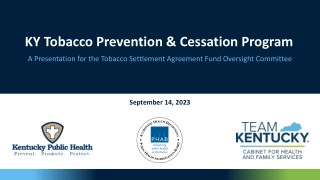
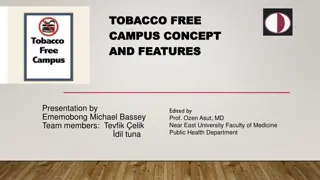
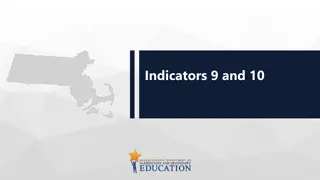
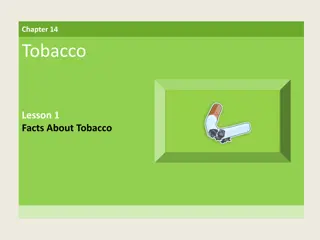
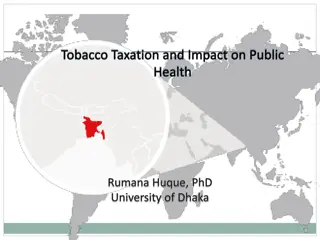
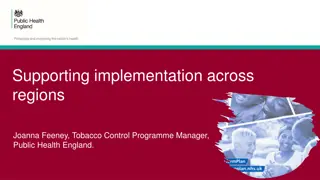
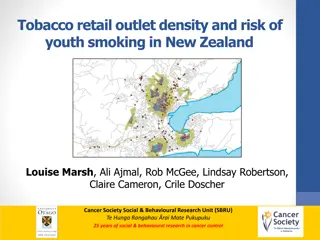

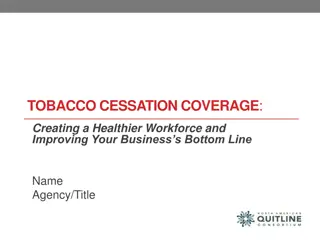
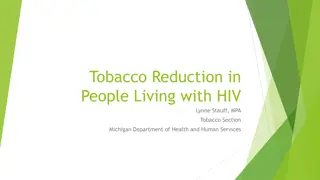

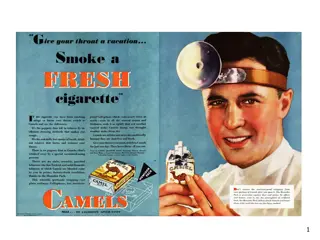
![Protecting Youth Through Tobacco Retail Licensing in [Your County]](/thumb/175307/protecting-youth-through-tobacco-retail-licensing-in-your-county.jpg)
